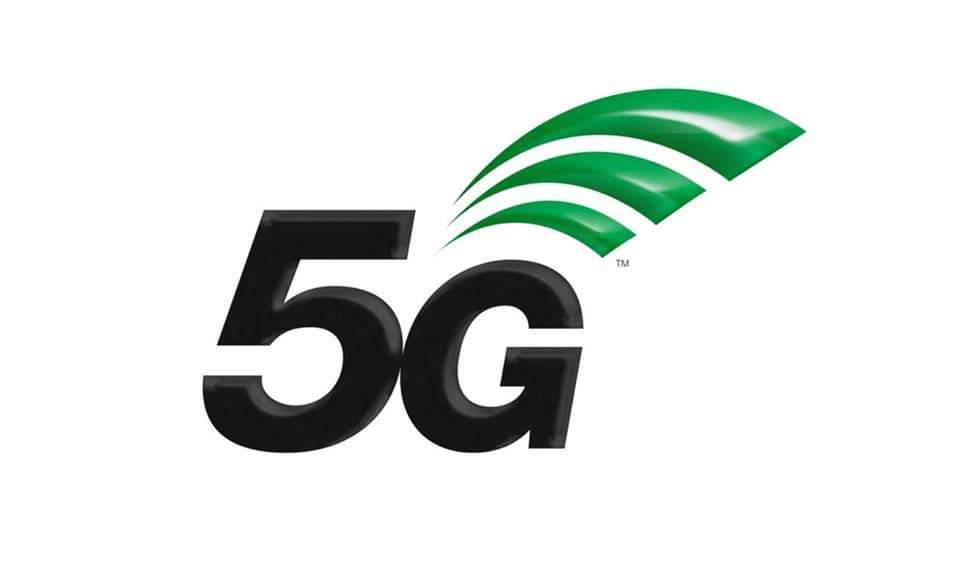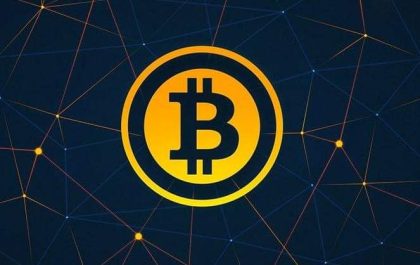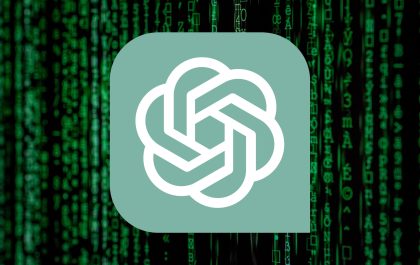-MICHAELA GOSS
In a perfect world, each generation improves upon the best qualities of its predecessors and thrives in ways previous generations couldn’t. In a way, new generations respond to the issues created by older generations.
This is particularly relevant for generations of mobile networking and cellular technology. In the case of 4G vs. 5G, 5G aims to not only surpass 4G network capabilities, but also meet and exceed 4G’s goals for general speeds, latency and density.
The 4G era saw the innovation of various networking trends, such as IoT growth, greater numbers of smartphones, and remote and mobile workforces. These trends advanced throughout the 2010s, which created a need to support faster speeds and greater cell density. Pundits hope the latest generation, 5G, addresses the issues 4G introduced.
As organizations consider 5G, they must understand the differences between 4G and 5G network architectures and determine how both architectures could affect business operations. This feature dives deep into those differences and discusses what these key differentiators mean for organizations globally.
The differences Between LTE, 4G and 5G
4G
4G is the fourth generation of mobile network technology and 5G’s predecessor. In the 2010s, 4G reigned as the latest, most innovative generation of cellular technology and reached ubiquity within the decade. Some of 4G’s promises included enhanced cell density, improved VoIP capabilities and greater bandwidth.
LTE
LTE developed as a 4G standard during 4G’s reign. LTE is the golden, global standard for wireless broadband and sets the foundation for 5G networks. Both 4G and LTE support various traffic types, something previous generations struggled to do and which 5G must now improve upon.
5G
5G is the latest generation of cellular network technology. Small, early deployments began in the late 2010s, but carriers are still developing their 5G infrastructure. Benefits of 5G include faster network speeds and real-time communication capabilities.
Each wireless network generation has reflected a significant increase in speed, and the benefits of 5G the fifth generation of cellular network technology will push far beyond 4G LTE.
Predicted speeds of up to 10 Gbps represent up to a 100x increase compared to 4G. In practical terms, 4G vs. 5G speed enhancements will mean exciting possibilities for consumers. Transferring a high-resolution movie at peak download speeds will go from taking seven minutes to just six seconds. That time savings could mean being able to grab that new hit film before the flight attendant asks you to put your phone in airplane mode.
After carriers roll out full 5G features, consumers and businesses may begin to consider 5G networks a strong alternative for fast broadband connections. some of the benefits of 5G over 4G network includes;
1. Low Latency
Latency measures how long a signal takes to go from its source to its receiver, and then back again. One of the goals for each wireless generation has been to reduce latency. New 5G networks will have even lower latency than 4G LTE, with the round-trip transmission of data taking less than five milliseconds.1
5G latency will be faster than human visual processing, making it possible to control devices remotely in near-real time. Human reaction speed will become the limiting factor for remote applications that use 5G and IoT and many new applications will involve machine-to-machine communication that isn’t limited by how quickly humans can respond.
While agriculture, manufacturing, and logistics will all benefit from lower latency, gamers also eagerly anticipate the 5G rollout. The combination of high speed and minimal lag is perfect for virtual reality (VR) and augmented reality (AR) applications, which are likely to explode in popularity as connectivity improvements create a more seamless, immersive experience.
2. Enhanced Capacity
Speed is exciting, but one of the questions on the minds of analysts and industry leaders is this: How will 5G help businesses scale their technology initiatives?
5G will deliver up to 1,000x more capacity than 4G, creating fertile ground for IoT development. 5G and IoT are a perfect match, set to redefine how wireless networks and the internet as a whole are used. With capacity for hundreds or thousands of devices seamlessly communicating, new applications and use cases for cities, factories, farms, schools, and homes will flourish.
Imagine 5G use cases involving thousands of sensors on hundreds of different machines automating supply chain management processes, ensuring just-in-time delivery of materials while using predictive maintenance to minimize work stoppages.
Smart homes and cities will also take a giant leap forward in the future of 5G. Using more connected devices than ever, AI will be taken to places it has never been before with edge computing. From houses that give personalized energy saving suggestions that maximize environmental impact to traffic lights that change their patterns based on traffic flow, 5G applications relying on added network capacity will impact nearly everyone.
3. Increased Bandwidth
The combination of increased speed and network capacity on 5G networks will create the potential for larger amounts of data to be transmitted than was possible with 4G LTE networks.
5G networks are architected differently from traditional 4G networks, allowing greater optimization of network traffic and smooth handling of usage spikes. Crowded stadiums and other venues have struggled to provide seamless connectivity to large audiences, but 5G could make it possible for sports fans to live stream their experience from any seat in the arena.
For businesses, the impact of increased bandwidth will echo across many departments and divisions in the form of big data. Today, companies receive far more information from customers, suppliers, and teams than they can process and analyze for insights. With 5G connectivity and big data analytics, these businesses can turn large volumes of data into actionable knowledge.
4. Availability and Coverage
While consumers and businesses are eager to experience the benefits of 5G for themselves, availability of 5G coverage is still limited. Today, all major US cellular carriers are deploying 5G networks in major cities as they prepare for wider rollouts.
Related posts
Global | Didi Angaye Earns A Distinction Award, Another Feather To The Cap
On a bright sunny day, in the month of July, 2024, the prestigious Staffordshire University located in the West Midlands of England organised its Award giving and Graduation ceremony to honour graduates of various educational programmes and courses which it offers. Didi Timipah Angaye,…
Olu Of Warri Bags Award In UK, Wife Advocates Return To Cultural Values
The Olu of Warri, Ogiame Atuwatse III, has received the Leadership and Community Development award at the 14th African Achievers Awards (AAA), which took place at the Parliament House, United Kingdom. The award was presented by a member of the House of Lords, London, Rt…
Brit Awards | Asake, Burna Boy And Other ‘New Cats’ Get Nominations
Nigerian singers Burna Boy, Asake, and Rema have been nominated for the 2024 Brit Awards. The nomination list for the annual music awards show was released on Wednesday 25, January 2024. Burna Boy and Asake made the ‘Best International Artiste’ category, while ‘Calm…
Brit Awards 2024 | The Full List Of Artist(e)s
This year’s Brits nominees have been revealed ahead of the ceremony in London in March. Dua Lipa is the first star confirmed to perform at the event – but how many awards is she up for? Musicians including Raye, Central Cee, J Hus and Blur are also…
Despite Increased Transfer Volume And Institutional Adoption, Bitcoin Stays Below $60K
Bitcoin’s price hovers around $59K as increased transfer volume indicates a stable demand among investors. CryptoQuant data indicates buyers are absorbing the panic selling pressure around the $57K price level. Bitwise’s latest report suggests that institutional investors are still buying Bitcoin despite the recent price…
Traders Focus On Meme Coins As Bitcoin, Ethereum And XRP Erase Recent Gains
Bitcoin, Ethereum and XRP dip under key support levels at $60,000, $2,600 and $0.60 respectively. Tron ecosystem’s meme launchpad SunPump generates over $1.1 million in revenue within twelve days of its launch. Tron network daily revenue reached a record high of $26.83 million on Tuesday,…
Top 10 Cryptocurrencies To Invest in January 2024
-Michael Adams From Bitcoin and Ethereum to Dogecoin and Tether, there are thousands of different cryptocurrencies, making it overwhelming when you’re first getting started in the world of crypto. To help you get your bearings, these are the top 10 cryptocurrencies based on their market…
The Risk And Reward Of ChatGPT In Cybersecurity
Juan is an experienced CTO with a demonstrated history of working in the computer and network security industry. He is an information technology professional skilled in SAP and Oracle applications, computer forensics, vulnerabilities research, IPS/IDS and information security. Unless you’ve been on a retreat in…











